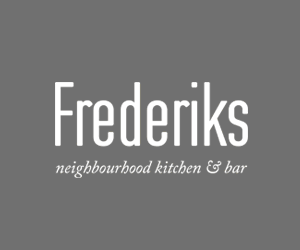FOR many people the public library was a warm place to freely read the newsapers, books and, more recently, to search the internet on the People's Network. It was for children to learn to read, and for The University of The Third Age to hold reading rings.
Because these libraries were part of the Edwardian development of Liverpool, their demise will effect the existing street structure. Gaps will emerge where gaps did not exist before
No longer! From The Carnegie Library in Crosby to Everton, Kensington, Toxteth, Windsor Street, Aighburth and Lodge Lane, the People's Voice is being silenced and censored.
Perhaps even the books are being burned? Who knows? Does anybody actually care about books any more?
Lodge Lane Library was my local. It was where all my learning began, not in school but in a public space. The shelves were lined with books of all classifications and all ages. I could find narratives and stories, physics, mathematics and astronomy. The public library contained all my world on my doorstep. Through a comprehensive school I became a scholarship boy and access to a public library was vital.
Now the public libraries are being decimated, closed and dismantled. Where are the public's books? The still-new Central Library, on William Brown Street, is very popular but does it represent a centralisation of resources at the expense of the local inner city branches?
 New chapter: The abandoned and rotting Carnegie Library at Lister Drive could rise again as part of the Lister Steps project for children. But more like this is needed in other parts of the city says Dr Robert MacDonald
New chapter: The abandoned and rotting Carnegie Library at Lister Drive could rise again as part of the Lister Steps project for children. But more like this is needed in other parts of the city says Dr Robert MacDonald
Literacy is a tool for the extension of knowledge. A survey in America recently revealed that only one third of the population has read a book in the last year. The act of reading depends on bringing people together with two material entries - books and space. This is a social, political and educational organisation for the mass of the public. We need these structures.
In Liverpool, the public libraries were not intended to be elitist and privileged but accessible and open places of quiet contemplation. Easy access was considered vital - as the early Liverpool and Manchester library plans show, for example Harrison's Lyceum (1800-2) at the bottom of Bold Street, also now standing empty.
Libraries became well established civic building types within the urban realm. They were important landmarks but with the rapid evolution of digital media their role has changed. They are closing in vast numbers - and their empty shells are falling into disrepair.
 How a modern library looks: Liverpool Central
How a modern library looks: Liverpool Central
Because these libraries were a part of the Edwardian development of Liverpool, their demise will effect the existing street structure of the city. Gaps will emerge where gaps did not exist before.
In other cities, libraries are becoming chameleons and changing; idea stores and community based centres are replacing and occupying the old hollow shells. Liverpool needs more community imagination and engagement and libraries should be copies, in miniature, of a world as we would love it to be.
Let us see them re-occupied in the manner of local museums, with galleries and chapels containing knowledge and local objects.
There will public meeting places for music and poetry. The new libraries will be light and airy. The new libraries will be happy places!
*Dr Robert G MacDonald, RIBA, is a Reader in Architecture at Liverpool School of Art & Design, LJMU.












